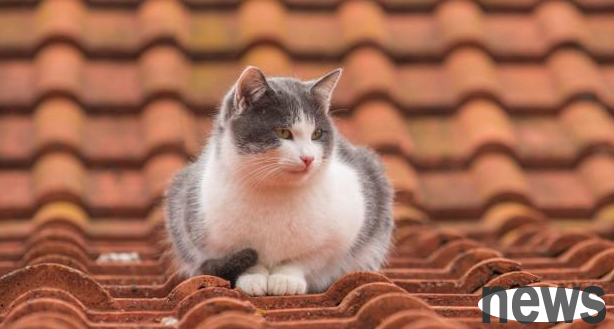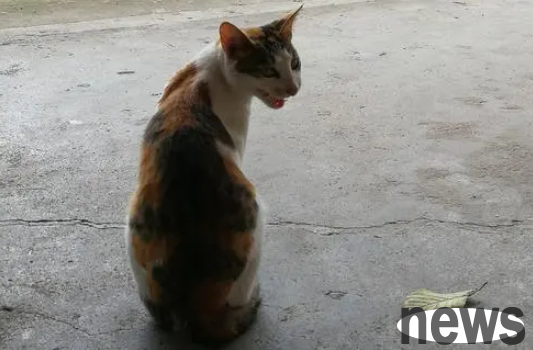How to train cats to enter and exit freely? Training cat skills! Cats like to polish their claws on the sofa and beloved furniture at home will inevitably suffer. Moreover, the soles of the cat's feet will secrete a unique scent to remember its...
How to train cats to enter and exit freely? Training cat skills! Cats like to polish their claws on the sofa and beloved furniture at home will inevitably suffer. Moreover, the soles of the cat's feet will secrete a unique scent to remember its territory. Once he remembers this area, hehe, be careful of your furniture! In fact, cats are trimming their claws in this way. If you don't want expensive furniture to be damaged, the best way is to prepare a tickling column for your cat. The younger the cat, the easier it is to train cats to learn to use this kind of thing. It is best to install a flap so that the cat can come and go and go freely. This device is simple and most cats can learn to act on it very quickly.

Homemade tickling column Install a piece of log connected to the bark in the garden, which will be the most ideal natural tickling column. If indoors, you can wrap an old carpet around a wooden board, which will become a scratch pad.
Use the itchy column to train your cat. Warn it whenever your cat looks like it wants to scratch the furniture, then gently place its paws on the itchy post. Rub some catnip on the post to make it more attractive to the cat. The itch columns produced by manufacturers have many different designs. This style has a high platform where the cat can sit on, and there are balls for it to play with.
Using a valve: The valve should be placed about 15 cm high from the ground. When training a cat, first open the valve slightly and place a small amount of food on the other side of the door to lure the cat out. When the cat wants to get out, it quickly learns to push the door open on its own.

Types of valves Most valves can swing back and forth in two directions, and there are tapes around the door to prevent wind. No matter what form of valve door, it should be easily opened, so that the cat can push the door open with its head without being clamped on its neck or claws, causing danger. You can do the flap by yourself, just use double-sided work. If you don't want your cat to run out in the middle of the night, and you don't want the wild cats outside to walk in, then the locked valve will be useful. So you need a lock.